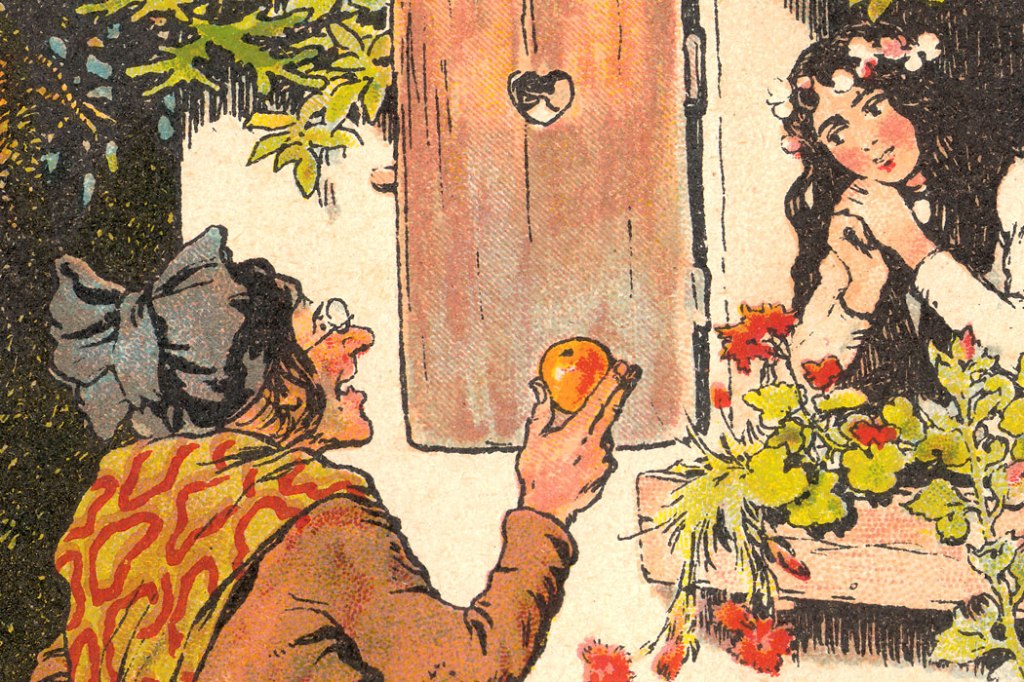Why do we tell the same handful of fairy tales over and over? Because the system is predicated on teaching kids to be racist and support the patriarchy. Interesting leaping-off point for a few new stories I didn’t know.

Patriarchal white colonialism has narrowed the field of popular fairytales to those from a few classic fairytale authors—Charles Perrault, Wilhelm and Jacob Grimm, and Hans Christian Andersen. And then Western white media winnowed the selection down even further by selecting tales from each of these authors that represented their values (especially Walt Disney). As author Kat Cho argues, “I do think that western fairytales are more widely disseminated because western culture is dominant in media and entertainment…I wish more folktales from non-western countries were more popular.” Kat Cho’s debut novel Wicked Fox uses the gumiho (nine-tailed fox) from Korean folklore as its premise.
The very familiarity of fairytales that makes them so magical is also problematic in that it stems partly from a racist, patriarchal media. And even within the most popular ten fairytales, white versions are usually the ones that are retold.
“For example, did you know one of the oldest versions of “Cinderella” we know of actually comes from China?” Shveta Thakrar, the author of the upcoming Star Daughter, asked. She’s referring to the fairytale “Yeh-hsien” (or “Ye Xian”) which was first published in 850 CE, and most likely dates back even further. But the version most commonly recognized comes from Charles Perrault (Disney based his film Cinderella on Perrault’s version) or from the Grimm Brothers (like from Stephen Sondheim’s Into the Woods). This isn’t to say that authors who retell these popular fairytales are racist, not at all. Many authors retell these stories in subversive, feminist, anti-racist ways. But the popularity of this handful of fairytales all from white Western cultures serves to gate-keep writers of color from retelling the stories from their own cultures.
